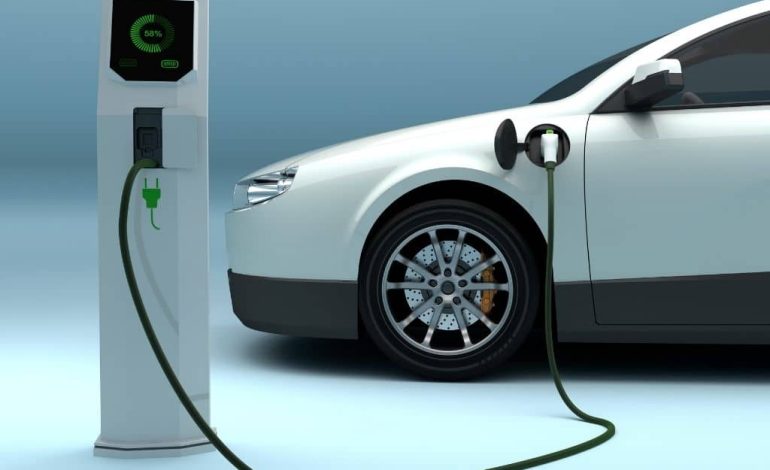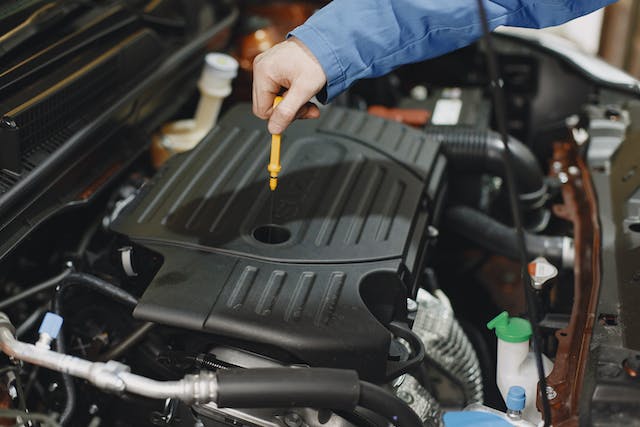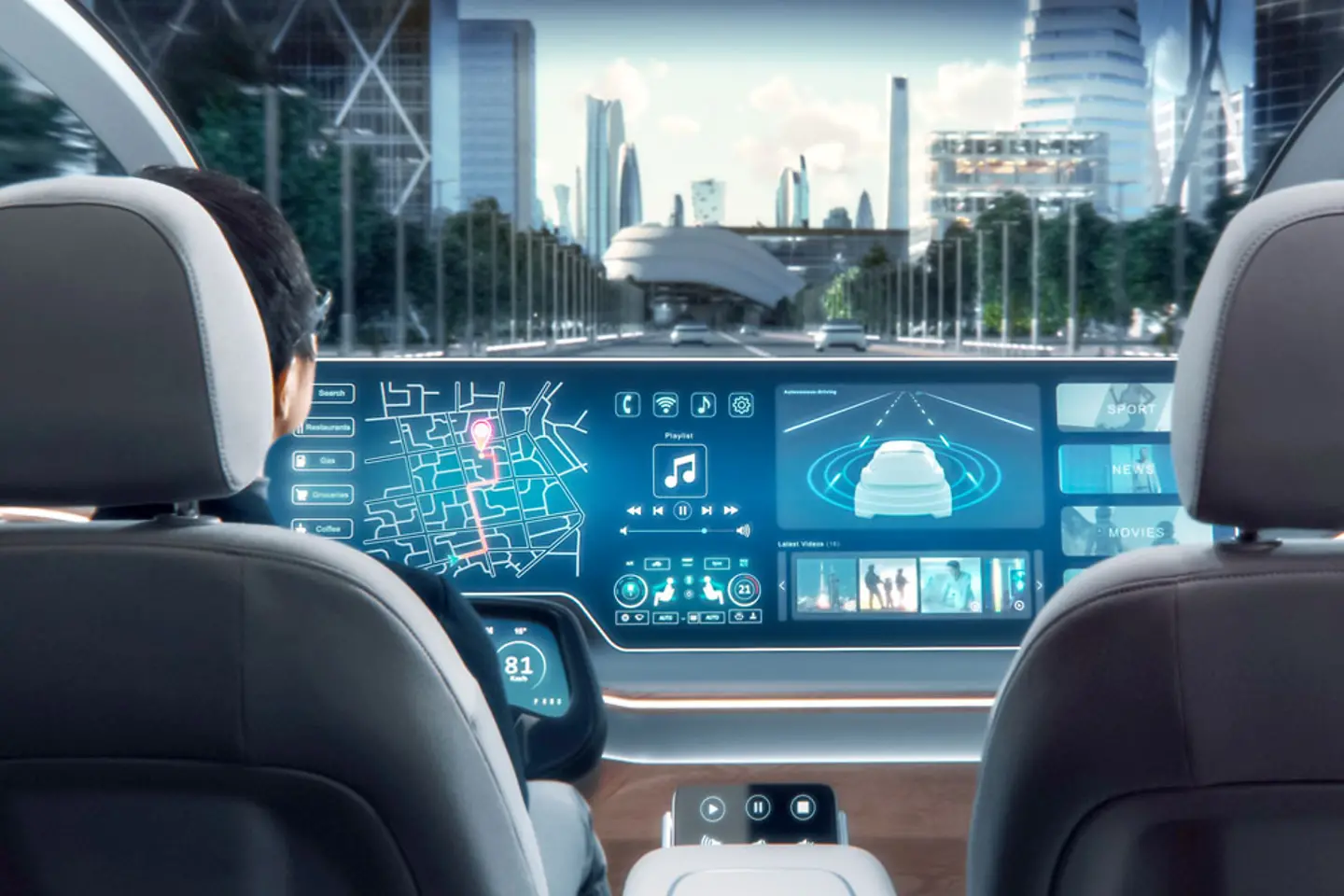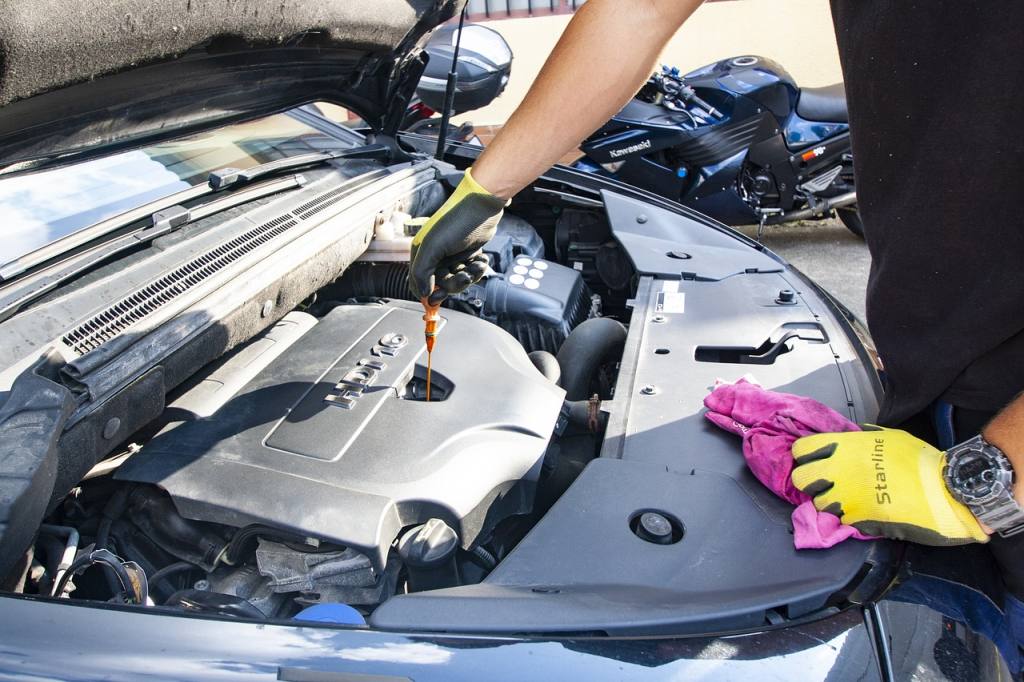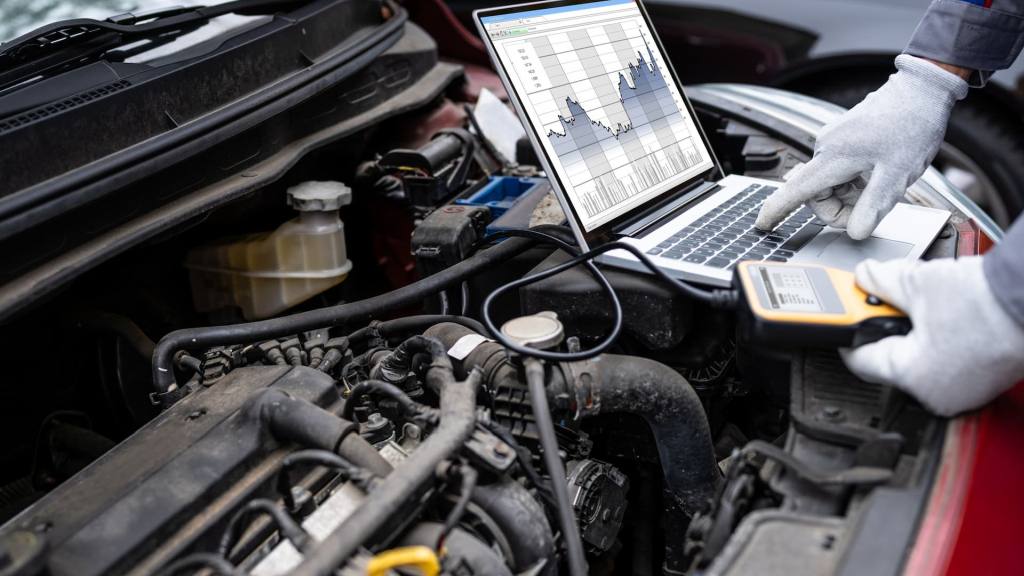The Automotive Industry in 2025: Trends, Technology, and the Road Ahead
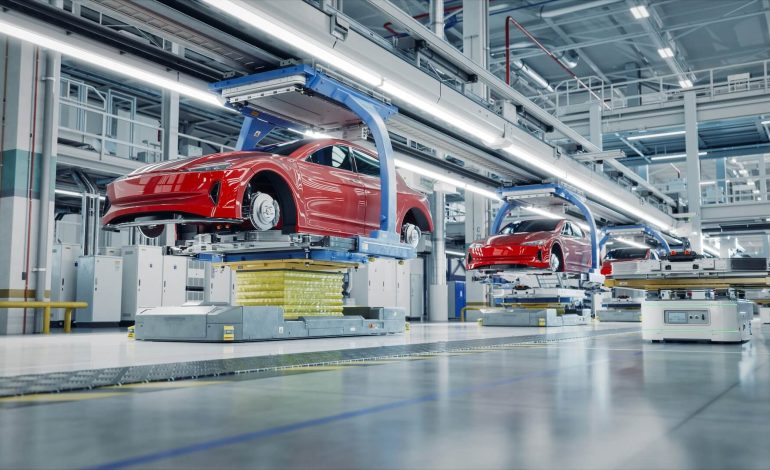
The automotive world is undergoing one of the most significant transformations in its history. What was once an industry driven purely by mechanical innovation is now fueled by cutting-edge technology, sustainability goals, and changing consumer expectations. In 2025, cars are no longer just modes of transportation—they are smart, connected, and increasingly eco-friendly machines that reflect both lifestyle and innovation.
This article explores the latest trends, breakthroughs, and challenges shaping the automotive industry today.
1. Electric Vehicles (EVs) Take Center Stage
Electric vehicles have moved from niche to mainstream. Global EV sales in 2025 are hitting record numbers, driven by stricter emission regulations, government incentives, and growing consumer interest in cleaner transportation.
Automakers are expanding their EV lineups to include everything from compact city cars to luxury SUVs and high-performance sports models. Charging infrastructure is improving, with ultra-fast charging stations capable of adding hundreds of kilometers of range in under 20 minutes.
Battery technology is also evolving, with solid-state batteries promising higher energy density, faster charging times, and longer lifespans. These advancements are making EVs more practical for everyday drivers.
2. Autonomous Driving Moves Closer to Reality
Self-driving technology has been in development for years, and 2025 is seeing significant progress. While fully autonomous vehicles (Level 5) are still in testing, many cars now offer advanced driver-assistance features such as adaptive cruise control, lane-keeping assist, and automated parking.
Some cities are piloting autonomous ride-hailing services, and delivery companies are experimenting with self-driving vans and trucks. However, widespread adoption still faces regulatory, ethical, and safety hurdles.
3. Connected Cars and the Internet of Things (IoT)
Cars in 2025 are more connected than ever. With 5G technology, vehicles can communicate with each other (V2V) and with infrastructure (V2I), improving safety and traffic flow.
Drivers can enjoy real-time traffic updates, predictive maintenance alerts, and over-the-air software updates—similar to how smartphones receive updates. This connectivity is also enabling new in-car entertainment options, such as streaming services, voice assistants, and personalized driver profiles.
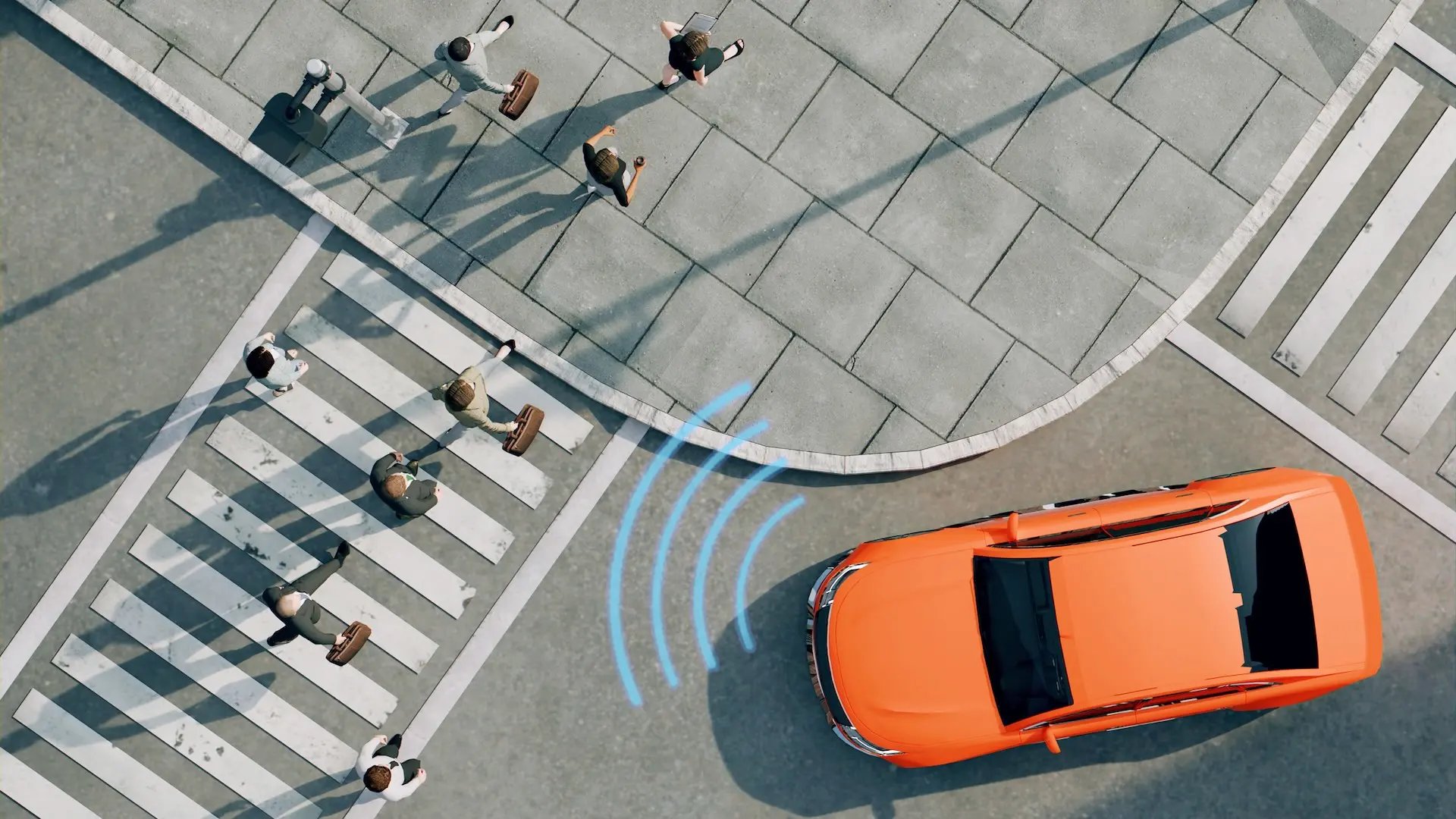
4. Sustainability Beyond Electrification
While electric vehicles are the headline act in sustainable mobility, the automotive industry is going further. Manufacturers are using recycled and eco-friendly materials in interiors, developing biodegradable components, and improving energy efficiency across the production process.
Hydrogen fuel-cell vehicles are also gaining attention, especially for long-haul trucking and heavy-duty transport, where battery-powered EVs may not be as practical.
5. Performance Cars Evolve for a New Era
Sports cars and performance vehicles are adapting to the changing automotive landscape. Electric supercars from brands like Tesla, Porsche, and Rimac are proving that sustainability doesn’t mean sacrificing speed or excitement.
Electric drivetrains offer instant torque, making acceleration faster than traditional combustion engines. At the same time, hybrid performance cars are blending efficiency with thrill, giving enthusiasts the best of both worlds.
6. The Resurgence of Customization
In 2025, car buyers want vehicles that reflect their personality and lifestyle. Automakers are responding by offering greater customization options—everything from unique paint colors to bespoke interiors and personalized technology features.
Digital configuration tools allow customers to design their cars online, previewing everything in 3D before placing an order. Aftermarket customization is also thriving, with upgraded wheels, suspension kits, and interior tech enhancements in high demand.
7. The Growth of Subscription and Shared Mobility
Car ownership is changing. In urban areas, subscription services are becoming popular, allowing customers to swap between different models for a monthly fee. This gives people flexibility without the long-term commitment of ownership.
Car-sharing platforms are also expanding, offering affordable short-term rentals for those who only need a car occasionally. While personal ownership remains strong, especially in rural areas, mobility-as-a-service is becoming a serious alternative in cities.
8. Safety Technology Reaches New Heights
Vehicle safety in 2025 is more advanced than ever. Modern cars come equipped with automatic emergency braking, pedestrian detection, blind-spot monitoring, and advanced collision avoidance systems.
Some vehicles use AI to monitor driver behavior, detecting signs of fatigue or distraction and issuing alerts—or even taking corrective action. Night vision cameras, augmented reality dashboards, and 360-degree camera systems are also improving driver awareness.
9. The Role of Artificial Intelligence in Automotive Innovation
AI is not only powering autonomous driving but also transforming every aspect of car design and maintenance. AI-powered systems can predict component failures, optimize fuel or battery usage, and adapt driving modes based on conditions.
For consumers, AI enhances navigation, offers personalized infotainment options, and learns driver preferences over time. In manufacturing, AI is streamlining production lines and improving quality control.
10. The Challenges Ahead
Despite exciting advancements, the automotive industry faces challenges. EV charging infrastructure still needs expansion, especially in rural areas. Autonomous driving technology must overcome safety concerns and regulatory barriers. Supply chain disruptions—particularly for semiconductors—remain a concern.
Affordability is another issue. While EV prices are slowly decreasing, they can still be out of reach for many consumers. Bridging this gap will be crucial for mass adoption.
Practical Tips for Today’s Car Buyers
If you’re considering buying a car in 2025, here are some tips to make the most of current trends:
-
Evaluate your driving needs—Decide whether an EV, hybrid, or traditional vehicle suits your lifestyle.
-
Check charging or fueling infrastructure—Make sure your area has the necessary support for your chosen technology.
-
Consider safety features—Look for vehicles with advanced driver-assistance systems.
-
Think long-term value—Factor in fuel savings, maintenance costs, and potential resale value.
-
Explore customization—Personalize your vehicle to match your style and needs.

Conclusion
The automotive industry in 2025 is a blend of tradition and innovation. While classic car culture and driving passion remain strong, technology, sustainability, and changing consumer habits are steering the industry into a new era.
Whether you’re a performance enthusiast, an eco-conscious driver, or someone seeking convenience, today’s car market offers more options than ever before. As the road ahead unfolds, one thing is certain—the future of cars will be smarter, cleaner, and more connected than we’ve ever imagined.


